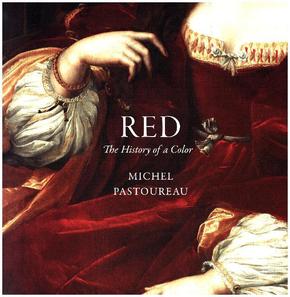
Red - The History of a Color
| Verlag | Princeton University Press |
| Auflage | 2016 |
| Seiten | 216 |
| Format | 23,8 x 24,9 x 2,3 cm |
| Gewicht | 1268 g |
| Artikeltyp | Englisches Buch |
| ISBN-10 | 0691172773 |
| EAN | 9780691172774 |
| Bestell-Nr | 69117277EA |
The color red has represented many things, from the life force and the divine to love, lust, and anger. Up through the Middle Ages, red held a place of privilege in the Western world. For many cultures, red was not just one color of many but rather the only color worthy enough to be used for social purposes. In some languages, the word for red was the same as the word for color. The first color developed for painting and dying, red became associated in antiquity with war, wealth, and power. In the medieval period, red held both religious significance, as the color of the blood of Christ and the fires of Hell, and secular meaning, as a symbol of love, glory, and beauty. Yet during the Protestant Reformation, red began to decline in status. Viewed as indecent and immoral and linked to luxury and the excesses of the Catholic Church, red fell out of favor. After the French Revolution, red gained new respect as the color of progressive movements and radical left-wing politics.
Rezension:
Praise for Michel Pastoureau's Green :"[S]umptuously illustrated. . . . These are books to look at, but they are also books to read. . . . Individual colors find their being only in relation to each other, and their cultural force depends on the particular instance of their use. They have no separate life or essential meaning. They have been made to mean, and in these volumes that human endeavor has found its historian." - Michael Gorra, New York Review of Books
